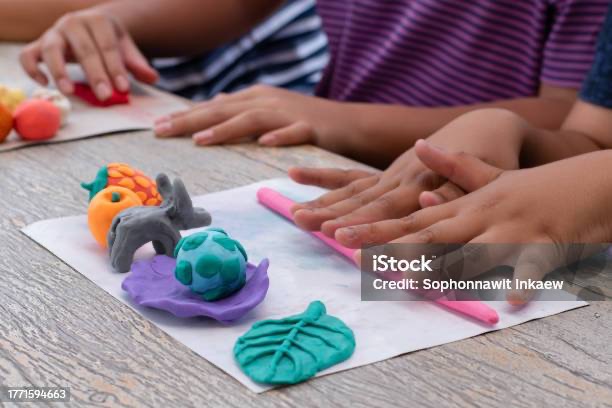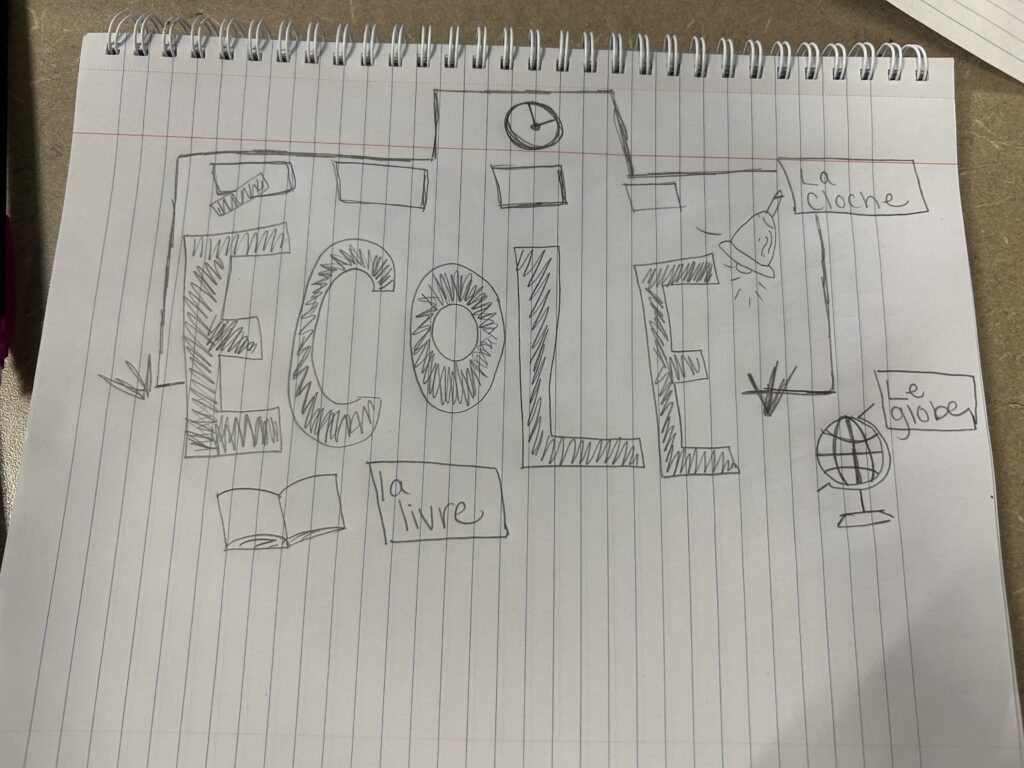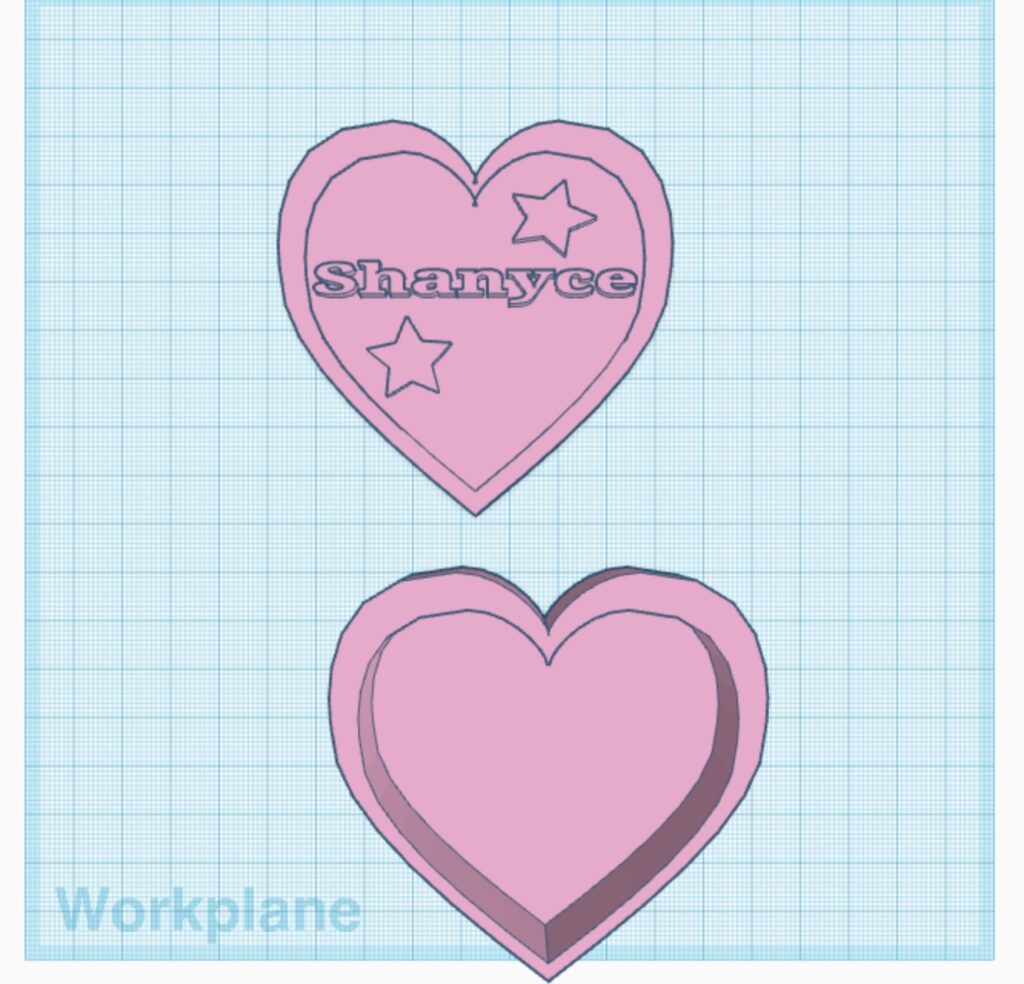This week in our class, we discussed the pros and cons of technology in our own study and in elementary classroom. I found it very helpful to here about how all my classmates use technology in moderation while getting work done. For example, some put their phones on do not disturb, leaving the phone in another room while studying, or turning off notifications. We also got to play around with Arduino Science Journal. I learned that the Arduino Science Journal is designed for fun and interactive science experiments. You can use it on your smartphone, tablet, or even pair it with an Arduino board for extra functionality. Think of it as a digital notebook that lets you gather data from the world around you using your device’s built-in sensors, such as light, sound, and acceleration.

I enjoyed learning about the helpful aspects and limitations of technology because now I feel more comfortable knowing appropriate ways to incorporate tech into my classroom. Specifially learning about ways of engagement, accessibilty and personalized learning strategies. I am excited to work with technology as I continue my learning as a student teacher.







